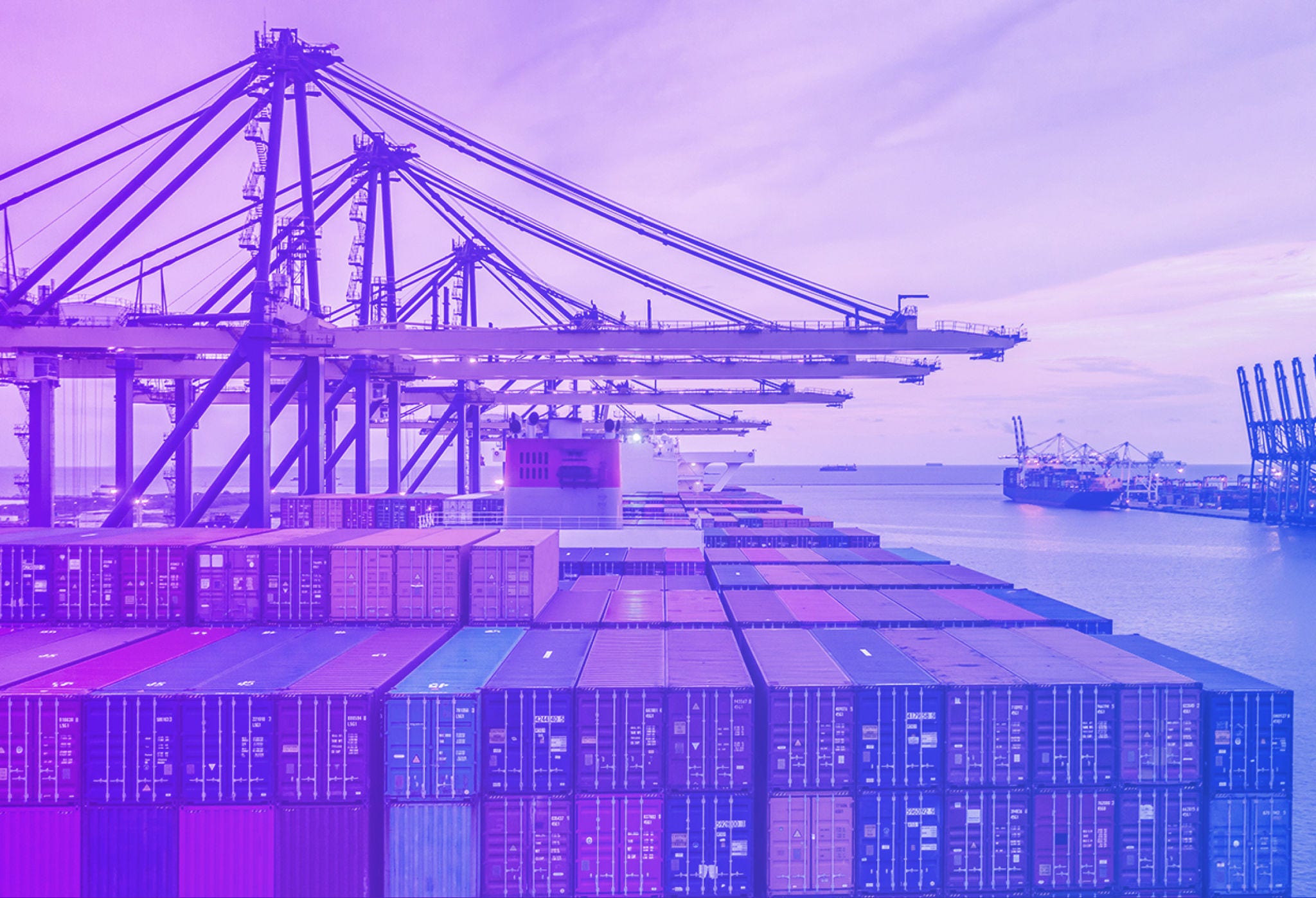India is steadily becoming a strong presence in the global exports market. To get a thorough picture of our trade pattern, it is important however to examine data over an extended period rather than focusing on a single year’s figures. Over the past five years, India’s total merchandise exports have increased by 39 per cent—from about USD314 billion in FY20 to USD437 billion in FY24.1 Backed by steady economic growth, reformatory initiatives and enhanced international ties, this reflects a strong performance against global headwinds and India’s successful navigation in beating the odds.
What is India shipping? A look into the export basket
Our export basket has progressively diversified, moving towards high-value capital and skill-intensive products. Here are the commodities that saw the maximum percentage increase in total exports since FY20:
The electronics sector, previously underperforming, has demonstrated remarkable growth in recent years, with smartphone exports growing substantially by 42 per cent in FY24.7 India is also steadily gaining expertise in the production and export of high-tech defence commodities, with total defence exports reaching all-time high figures of USD2.5 billion, up by 131 per cent since FY20.8 We are also becoming a prominent player in renewable energy—a key sunrise industry—to meet global demands. In 2023, India’s solar exports rose to USD1.8 billion, marking a y-o-y increase of 227 per cent.9
These rising shipments highlight India’s growing manufacturing prowess, particularly in emerging sectors that are in demand globally. With India’s semiconductor ecosystem gearing up for advancements, Indian-made chips are also expected to enter global markets soon. This progress is driven by the success of strategic initiatives, such as the Make in India movement and Atmanirbhar Bharat; production reforms, such as the PLI scheme; and a consistent focus on export-oriented measures.
Towards USD1 trillion exports target: A 5-step approach
While the momentum is strong, India can focus on underlying challenges and provide tailwinds to further boost exports. If India has to achieve its USD1 trillion in exports by 2030,10 it has to clock a 12.2 per cent CAGR growth.11 So how can we beat the odds and seize a bigger chunk of global trade?
India can further expand its market reach. Compared to the earlier decade, this is now easier considering the country’s push to diversify the exports basket, offering ample opportunities to enter new markets. India’s continuous FTA negotiations are increasing exports. For instance, Since signing trade agreements with the UAE and Australia, Indian exports to the UAE have grown by 13.7 per cent in FY24, making UAE India’s top exporting destination, while Indian exports to Australia also saw a significant 15 per cent rise in the same fiscal.12 Moving forward, India can identify promising markets—for instance, Africa, which, according to WTO, will see imports growth by 4.4 per cent in 2024—and pursue similar trade pacts.13
While PLIs have contributed to Indian manufacturing, there is still room for improvement. For instance, PLI disbursements among eligible beneficiaries in FY24 stand at USD0.81 billion against the government estimate of USD1.3 billion.14 While there are PLI benefits for 14 sectors, a one-size-fits-all approach has resulted in less success, with the exception of electronics. Hence, to ensure the effectiveness of these schemes, the government can engage with industry stakeholders, who can help in identifying existing gaps and criteria concerns. According to Global Trade Research Initiative (GTRI), the government can also consider simplifying the PLI criteria, making them less stringent and easily achievable. Besides, streamlining processes and further optimising business environment can attract more active investments. The recent announcement of simplifying norms surrounding FDIs and overseas investments in the Union Budget is a welcome move.
The MSME sector—with a 45 per cent export share15—is crucial for achieving the 2030 exports target. According to a recent NITI Aayog report, the global market for key sectors—such as handicrafts, handloom textile, ayurveda, etc.—surpassed USD340 billion, presenting a major opportunity for Indian MSMEs.16 Considering this, the government can resolve underlying bottlenecks and provide targeted incentives to boost the sector’s output. For instance, estimates suggest that Indian MSMEs face a credit gap of about USD530 billion.17 Hence, enhancing credit access, standardising policies, improving transparency and addressing regulatory issues can help the sector formalise and compete internationally. The budget announcements surrounding MSMEs, including easing machinery purchase, a new credit assessment model and direct credit to MSME clusters, will be some supportive measures to resolve these challenges.
MSME exporters also struggle with procedural complications due to multiple portals. If a one-stop end-to-end trade portal is established, this can help in streamlining export processes, resolving queries efficiently and providing essential inputs regarding trading norms, such as tariffs, financial resources and incentives.
While key manufacturing sectors like electronics are growing optimistically, India must also reassess traditional sectors, such as textiles, leather and gems and jewellery where it has an advantage. In recent times, our gems and jewellery exports have declined—down by 9 per cent since FY2018—and must be revived. Our exporters need to match the efficiency levels of global competitors. For instance, India’s garment exports in 2023 stood at USD14.5 billion, lagging behind China (USD114 billion), Vietnam (USD81.6 billion) and Bangladesh (USD43.8 billion).19 Let’s take Bangladesh as a case study. Bangladesh saw success in garment exports primarily due to policies developed in consultation with global clothing brands. Additionally, the country enjoys zero tariff benefits with the EU, which is one of its largest importers. So, there are some lessons for India here—we can consider revamping key policy initiatives. For instance, with the Centre planning to enhance the PLI scheme for textiles, thorough discussions with key industry stakeholders can boost the scheme’s effectiveness. India can also leverage upcoming FTAs with the UK and the EU to reduce trade barriers and increase market access. Moreover, these sectors can also benefit from upskilling our workforce, where India already has an advantage.
While India has revamped its export strategy by implementing several enhanced export promotion schemes, it continues to face challenges as major western trading partners have imposed countervailing duties over issues regarding WTO compatibility. To address this, the government can consider thorough analysis and regular interventions to ensure compliance with global trade intricacies. For efficient resolution, maintaining transparency is crucial. Thus, digital literacy and information symmetry can be promoted among exporters, facilitating a streamlined documentation record system. Further, to ensure uninterrupted market access, the government can take measures to simplify policy interpretation at the global stage, which will enhance trust and ensure smooth trade.

To achieve the set targets, India needs a connected and collaborative ecosystem. However, we should also be cautious about growing global disruptions and implement measures to mitigate risks and ensure trade protection.
A version of this article was published by The Financial Express Online on Aug 04 2024. The same can be read here
[1] Press Information Bureau, Ministry of Commerce and Industry, 15 April 2024, accessed on 10 July 2024
[2,3,4,5,6] National Import-Export Record for Yearly Analysis of Trade, accessed on 17 July 2024
[7] Smartphones Become India's Fourth Largest Export Item with 42 per cent Growth, IBEF, 24 May 2024, accessed on 17 July 2024
[8] Dashboard, Ministry of Defence, accessed on 10 July 2024
[9] Indian Solar Exports Grow 227 per cent YoY in 2023, Imports up 89 per cent, Mercom, 26 February 2024, accessed on 10 July 2024
[10] Press Information Bureau, Ministry of Commerce and Industry, 20 April 2022, accessed on 10 July 2024
[11] E-Commerce Exports Handbook for MSMEs, Ministry of Commerce and Industry, accessed on 10 July 2024
[12] National Import-Export Record for Yearly Analysis of Trade, accessed on 10 July 2024
[13] Global Trade Outlook and Statistics, World Trade Organisation, April 2024, accessed on 10 July 2024
[14] Engineering Export Promotion Council of India, accessed on 10 July 2024
[15] Press Information Bureau, Ministry of Micro, Small & Medium Enterprises, 11 December 2023, accessed on 10 July 2024
[16] Boosting Exports from MSMEs, Niti Aayog, March 2024, accessed on 10 July 2024
[17] Addressing the USD530 Billion Credit Gap in India’s MSME sector, Credable, 30 January 2024, accessed on 10 July 2024
[18] National Import-Export Record for Yearly Analysis of Trade, accessed on 17 July 2024
[19] Strategies to Reclaim India’s Textile Glory, Global Trade Research Initiative, 26 February 2024, accessed on 10 July 2024
Author
Access our latest insights on Apple or Android devices


